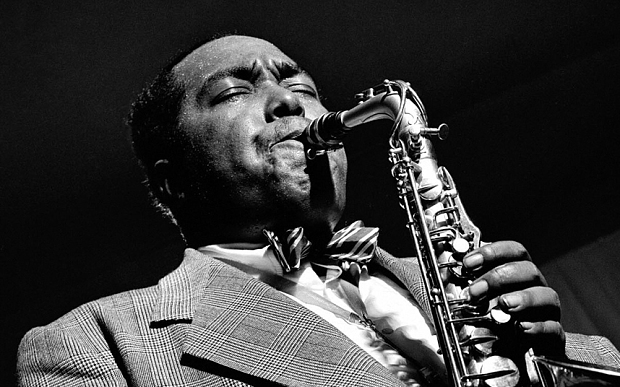
Listening Techniques to Boost Focus and Attentiveness
“Do not dwell in the past, do not dream of the future,
concentrate the mind on the present moment.”
Buddha
I’ve always been a big daydreamer. As a child I often struggled to pay attention and focus in school. Depending on the time of day, subject, and activity, a class could feel like a captivating delight or an armed battle between my wandering mind and the academic subject. My enthusiasm for learning ebbed and flowed until I reached the sixth grade, when I began playing saxophone in the school band. My focus and concentration improved almost immediately after that.
My musical journey continued through high school and college into adult life and I’ve been grateful for the multitude of gifts it’s provided: presence, strong focus and concentration, group dynamic, active listening and deeper connection to individuals and large groups—skills I continue to use every day. Utilize these musical techniques to boost your attentiveness and efficacy:
TAKE A BREATH
Breathing is crucial for life, and it’s crucial to the life of musicians too, as it constitutes the basis of their music. Without breath, singers, and woodwind and brass players would literally have no voice -no sound. Focus your attention on breathing, particularly on your belly, to support your voice. Take relaxed, full-lung breaths that move your diaphragm (your belly, not your chest). Breathe slowly—inhale while counting to three, and exhale the same length of time, repeating the round four times.
Musicians also need breath to sustain the entire musical phrase, so take deep, full breaths when communicating so you can finish your thoughts with energy, volume, and articulation. Breathing is also a visceral way musicians stay in sync with each other. Take your team through a few rounds of breathing before starting your next meeting and then watch the difference in group alignment and attentiveness.
MORPH YOUR MULTI INTO MONO
To deliver the most effective performance, musicians focus only on correlated tasks: reading music, playing/singing it, and listening. Build your efficacy by mono-tasking instead of multi-tasking at least two or three times throughout the day. Deepen your attentiveness by mentally or vocally identifying what you’re doing: “I’m now ________.” Eliminate distractions to help. Let the computer nap during phone conversations, and put the cell phone away for face-to-face dialogues. Clear and organize your desk and work area; at home, keep the dining room (or kitchen) table and bedroom free of cluttering distractions.
LISTEN LIKE A MUSICIAN
How often do you tune out when on a conference call, webinar or even at home with loved ones? If I tuned out during rehearsal or performance, I’d risk damaging not only my own performance, but the entire group’s. Practice musical listening for three cues and signals:
-
Cadence, Rhythm, or Speed
Pay attention to speed and pace when communicating and when and why they change. Try to carefully adjust the rhythm for the best overall outcome. Be mindful of inner rhythms while doing tasks at home or the office. Slow down to avoid losing focus.
-
Harmonies and Dissonance
Singers must hear harmonics in order to sing the right note for a pleasing harmonic or a necessary dissonance. Tune in to subtle changes of emotion and feeling—whether it be yours or those around you. Inflection, speed and emphasis will reveal it, even if words don’t. Then, ‘voice the right note’ to create emotional harmony or careful dissonance if needed.
-
Leitmotif
In simple terms, leitmotif is a melodic theme or pattern that represents something or someone important. They’re big in soundtracks, and composer John Williams is particularly fond of them. Musicians must identify theme, the ways it is shared among the ensemble, and any subtle compositional changes. You should listen for the same things. Listen beyond the words, as themes can assume many forms—verbal (content) or context (emotion, expression, behavior).
I was fortunate to discover a pathway in the arts that unleashed my creative impulses and honed my ability to be fully in the moment while connecting to others. Bring your attentiveness and presence to a crescendo with these musical approaches and bask in the sweet sound of a more successful here and now.
